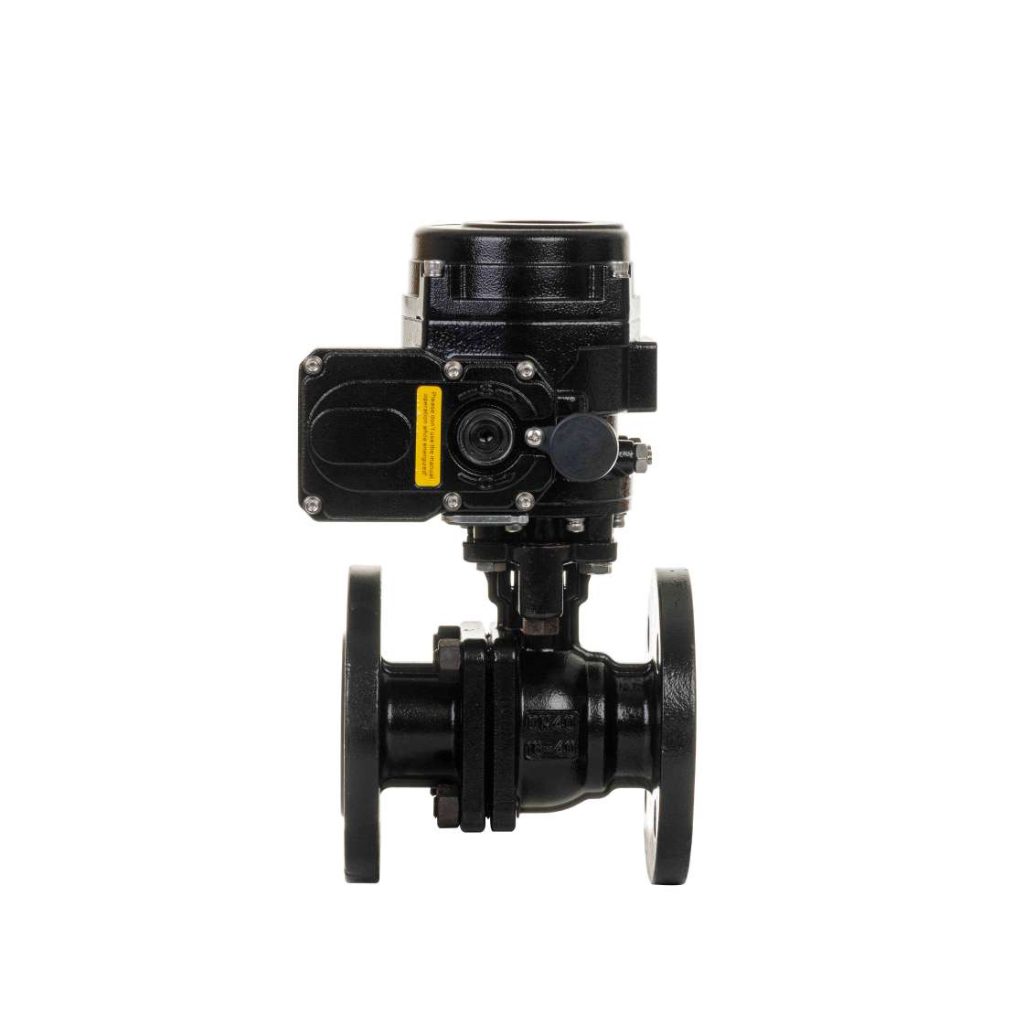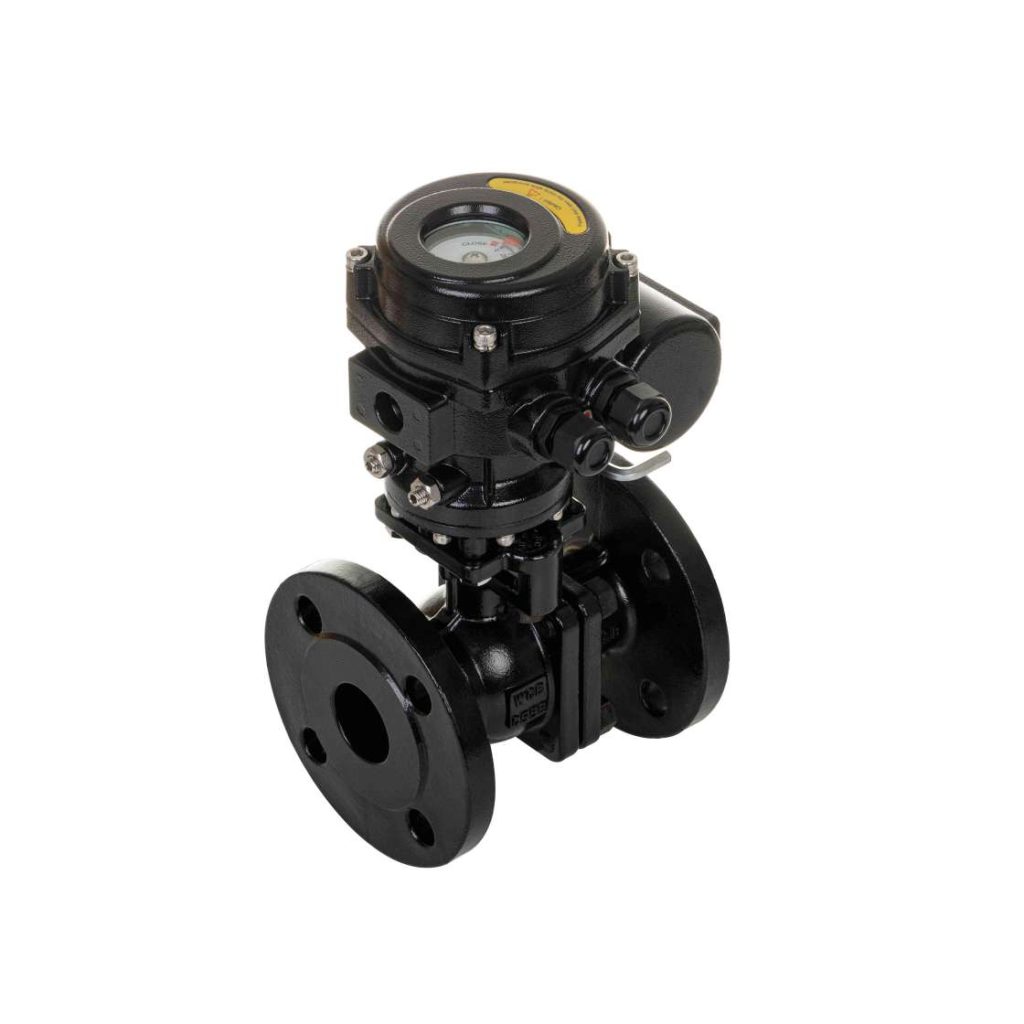Stainless steel electric flange ball valves are essential components in various industrial applications, providing efficient control and regulation of fluid flow. Their durability, reliability, and ease of operation make them a popular choice in sectors such as oil and gas, water treatment, chemical processing, and HVAC systems. This article explores the features, advantages, and applications of stainless steel electric flange ball valves, highlighting their importance in modern fluid control systems.

What is a Stainless Steel Electric Flange Ball Valve?

A stainless steel electric flange ball valve is a type of ball valve that uses an electric actuator to operate the valve’s mechanism. The valve consists of a ball with a hole in the middle, which controls the flow of fluid. The electric actuator, typically powered by electricity, opens or closes the valve by rotating the ball to either allow or block the passage of fluid. The “flange” part of the name refers to the method of connecting the valve to pipelines. Flanges are circular discs with holes, enabling the valve to be securely bolted to pipes, creating a leak-proof seal. The stainless steel construction of the valve is a key feature. Stainless steel is known for its resistance to corrosion, high temperature tolerance, and overall strength, making it ideal for use in harsh environments. This material ensures that the valve can withstand challenging conditions such as exposure to chemicals, extreme temperatures, or high-pressure systems.
